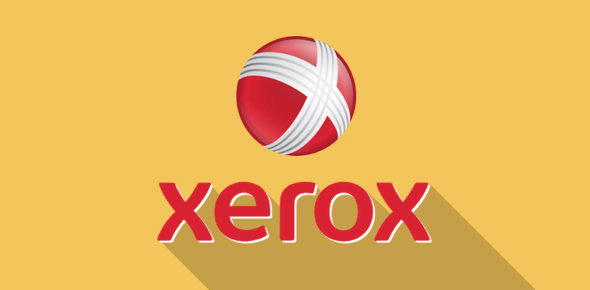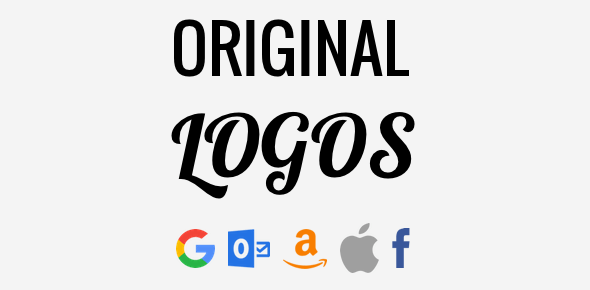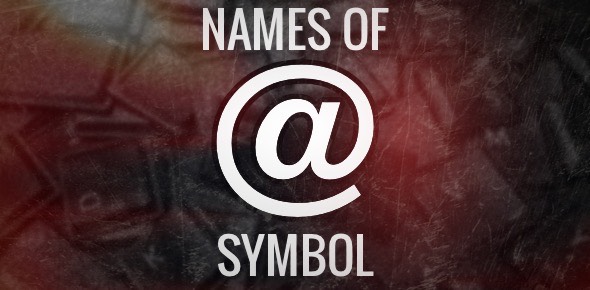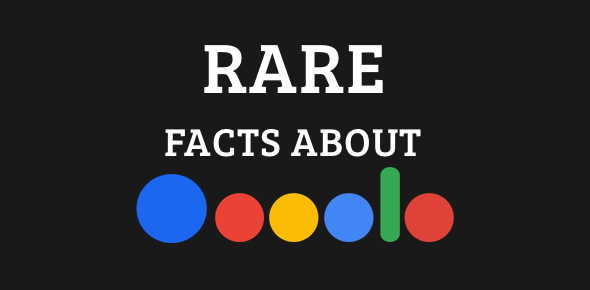Many technologies we use today – the graphical user interface, the mouse, ethernet, bitmap graphics and the personal computer itself – have come from a single company. And you’ll be surprised to know that it’s Xerox! The company isn’t just about photocopiers, fax machines and laser printers.
Xerox has a rich history of research and development most of which took place at their dedicated facility, the Palo Alto Research Center (PARC). Several of these inventions were picked up (licensed) by other companies like Microsoft and Apple and made popular in devices we are so fond of nowadays.
Sponsored Links
Here are 10 facts that you probably didn’t known about Xerox and their products.
The origins – Haloid Photographic Company
Let’s start at the beginning. The company was founded in 1906 as Haloid Photographic Company – such an uninteresting name for a great company, right?
By the way, Xerox didn’t invent photocopying. That was the work of Chester Carlson, a physicist working independently. He came up with the idea in 1938. Xerox saw the potential in it and signed an agreement with the scientist in 1946.
Xerography – dry writing
The company took on a new name – Xerox. It comes from a made up word, “Xerography”, which itself comes from two Greek roots meaning “dry” and “writing“. Xerox Corporation was born in 1961.
Xerox is a noun as well as a verb
The name was trademarked but, being the originators of photocopying with such strong presence in the market for many years, the word “Xerox” is now almost generic and is often used both as a verb and a noun.
By the way, companies aren’t very pleased when their product/service name becomes a generic word. Why? Because it puts their trademark in jeopardy. For example, the name of Google, the world’s most popular search engine, has also become a word meaning to search for information on the internet.
Loss of an anti-trust lawsuit
In 1975, Xerox lost an antitrust lawsuit because of which they had to license their entire patent portfolio to others. Japanese companies took full advantage of this and in the next four years, Xerox’s share in the US photocopiers market fell from near 100% to 14%!
The inventions and the Palo Alto research Center (PARC)
As I mentioned before, Xerox didn’t invent photocopying; they had taken Chester Carlson’s idea and commercialised it. However, they invented several things, especially at their Palo Alto Research Center (PARC).
The Fax machine
The project had a very unappealing name – Long Distance Xerography (LDX). Anyway, that’s where the fax machine was born. The LDX had two copiers connected together via the public telephone network. It was introduced in 1964.
Laser Printer
The ubiquitous laser printer came out of Xerox stables too. It was invented by Gary Starkweather in 1969 by modifying the Xerox 7000 copier. However, it wasn’t introduced until 1976 when IBM came up with a similar product.
Bitmap graphics
Computer generated bitmap graphics were first developed at PARC. All the beautiful images you see on the screen are a result in of that work.
Ethernet
Ethernet was another brainchild of PARC. In fact, Xerox had trademarked the term though they let go of it when the technology gained mainstream acceptance.
Personal Computer – The PC
PARC is credited to have integrated the mouse (developed at SRI), graphical user interface (GUI) and bitmap graphics to create the world’s first personal computer in 1972. The device was named Xerox Alto. It was never commercialised though, and was used at the company’s offices and the US government and military offices.
Bravo and WYSIWYG
Bravo, a document preparation program created for the Xerox Alto, was the first to have true WYSIWYG functionality.
Copy-n-Paste
PARC is also responsible for giving us the “Copy-Paste” features that we all use routinely. It was implemented for the first time on their Gypsy word processor in the 1970s.
Various inventions of the PARC were later used by Apple and Microsoft who implemented them in their own products. In fact, Steve Jobs struck a deal with Xerox’s venture capital division. According to the pact, they invested $1 million and let Steve look at the research being carried out at PARC and the devices that were being produced.
I’m sure you enjoy reading these facts about Xerox. Let me know what you think – use the comments section below to post your inputs which are appreciated as always.






